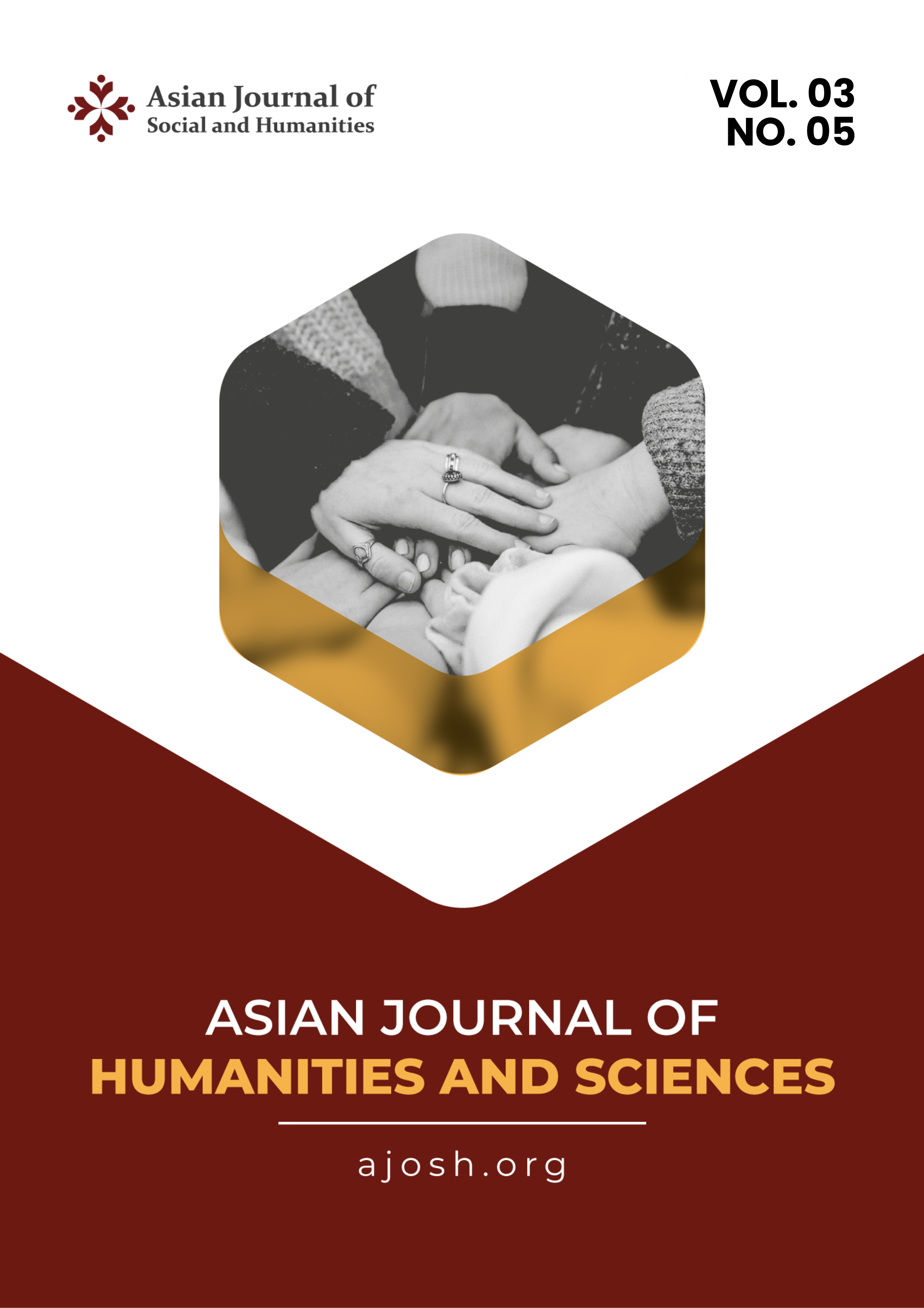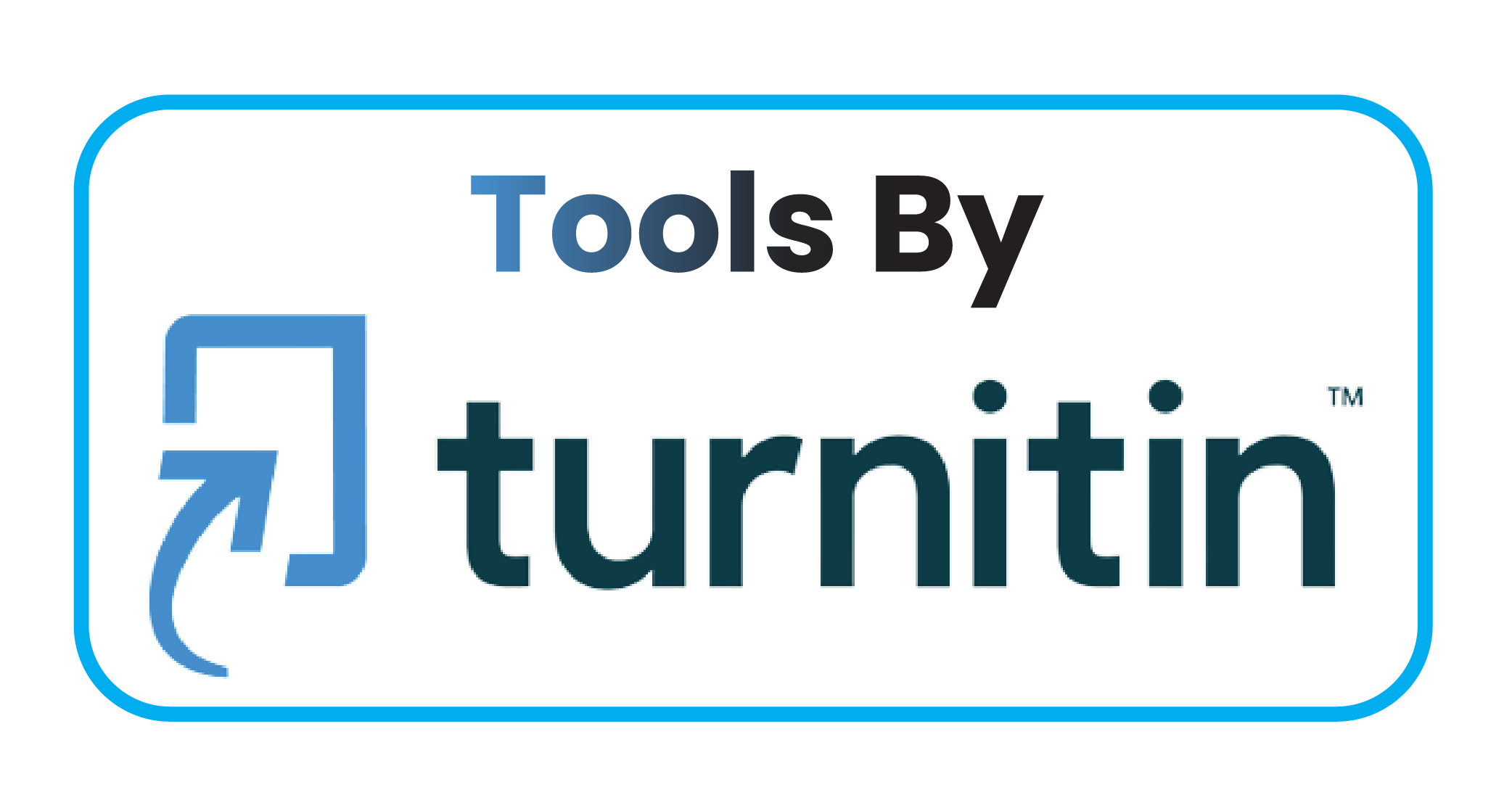Strategy Architecture of Business Development at Toyota Learning Center
DOI:
https://doi.org/10.59888/ajosh.v3i5.498Keywords:
competencies gap;, external analysis;, internal analysis;, strategic architecture;, TLCAbstract
Toyota Learning Center (TLC) has the potential to grow further due to market demand. However, in 2023, Toyota Learning Center experienced a significant decline in profitability and a low client retention rate. This reflects the challenges faced by the Toyota Learning Center in maintaining business growth and profitability amid the ever-changing market dynamics. This study aims to analyze the competency gap using the Importance-Performance Analysis matrix, analyze internal & external factor and design the strategic architecture for the business development of the Toyota Learning Center. Based on the gap analysis results, there are 9 parameters related to the curriculum, training facilities, instructors, and business expansion in quadrant I that need to be prioritized (high level of importance but require performance improvement). From the results of internal and external analysis, simulation-based facilities and comprehensive development programs are resources that provide a sustainable competitive advantage. Partnerships with VR/AR technology suppliers are opportunities that need to be optimized, and content plagiarism by other companies is a threat that needs to be minimized. The Strategic Architecture is structured over the period from 2025 to 2030, grouped into three stages: strengthening competencies, business growth, and excelling performance, to achieve the vision and mission of the Toyota Learning Center as a provider of the best learning experience in the automotive and cross-industry sectors.
Downloads
Published
Issue
Section
License
Copyright (c) 2025 Galang Prakasa Yusuf Putra, Nimmi Zulbainarni, Asep Taryana

This work is licensed under a Creative Commons Attribution-ShareAlike 4.0 International License.
Authors who publish with this journal agree to the following terms:
- Authors retain copyright and grant the journal right of first publication with the work simultaneously licensed under a Creative Commons Attribution-ShareAlike 4.0 International. that allows others to share the work with an acknowledgement of the work's authorship and initial publication in this journal.
- Authors are able to enter into separate, additional contractual arrangements for the non-exclusive distribution of the journal's published version of the work (e.g., post it to an institutional repository or publish it in a book), with an acknowledgement of its initial publication in this journal.
- Authors are permitted and encouraged to post their work online (e.g., in institutional repositories or on their website) prior to and during the submission process, as it can lead to productive exchanges, as well as earlier and greater citation of published work.










